
Supercharge your lead generation with a FREE Google Ads audit - no strings attached! See how you can generate more and higher quality leads
Get My Free Google Ads AuditFree consultation

No commitment
Supercharge your lead generation with a FREE LinkedIn Ads audit - no strings attached! See how you can generate more and higher quality leads
Get My Free Google Ads AuditFree consultation

No commitment
Supercharge your lead generation with a FREE Meta Ads audit - no strings attached! See how you can generate more and higher quality leads
Get My Free Google Ads AuditGet My Free LinkedIn Ads AuditGet My Free Meta Ads AuditFree consultation

No commitment
Supercharge your lead generation with a FREE Google Ads audit - no strings attached! See how you can generate more and higher quality leads
Get My Free Google Ads AuditFree consultation

No commitment
In today's intricate marketing landscape, mastering Google Ads is essential for businesses in niches like Antique Auto Parts. With ever-evolving consumer behaviors and a strong reliance on digital channels, reaching potential customers requires strategically crafted campaigns that reflect both online and offline dynamics. Google's platform offers a unique opportunity to intercept high-intent customers, such as those in search of rare vintage car components, right at their point of search. However, missing high-value prospects because they aren’t tracked in the CRM can lead to lost opportunities, making precise targeting crucial. For sellers of antique car parts, leveraging Google Ads can bridge the divide between digital awareness and successful sales engagements by providing precise targeting and a measurable ROI system. Addressing issues such as one-size-fits-all campaigns also becomes important as they often lead to poor engagement and lower ROI due to untailored messaging. A solid understanding of Google Ads is not just beneficial but necessary for antique auto parts businesses to capture and convert the interest of classic car enthusiasts throughout their buying journey. In this comprehensive setup guide, we'll explore advanced strategies tailored specifically for your industry.
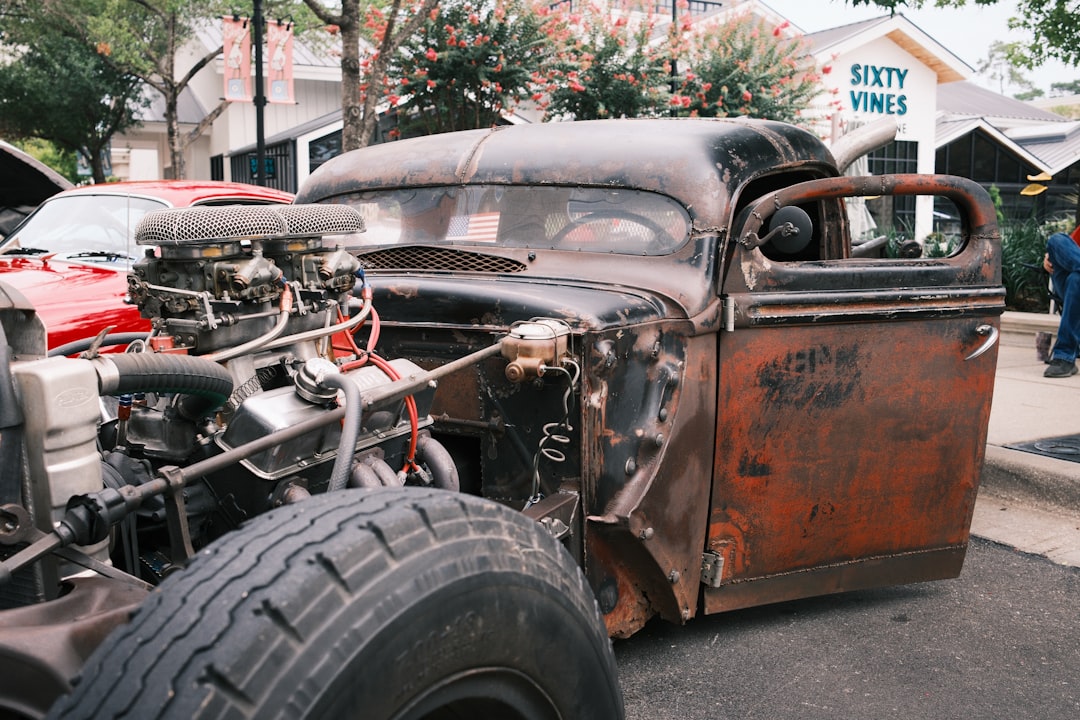
Modern antique auto parts sellers face a marketplace defined by rare inventory, discerning buyers, and unpredictable demand cycles. Success in this sector depends on a data-driven approach that adapts rapidly to shifting buyer intent and maximizes every advertising dollar. Explore best practices for increasing the online visibility of auto parts stores via Google Ads to keep your strategies up to date, and for further reading on marketing analytics and lead generation, visit our blog.
This guide breaks down precision tactics for using Google Ads to attract and convert antique car enthusiasts. Each step tackles the unique challenges of incomplete CRM data, fragmented buyer journeys, and the need for highly personalized engagement.
Predictive buying stages, CRM data integration, and automated audience segmentation keep Google Ads for classic cars campaigns adaptive and competitive. This framework empowers B2B revenue teams to unify fragmented data, identify genuine buyer intent, and drive tailored engagement for sustained growth in antique car parts sales. Ready to put these tactics into action? Get started for free with Sona.
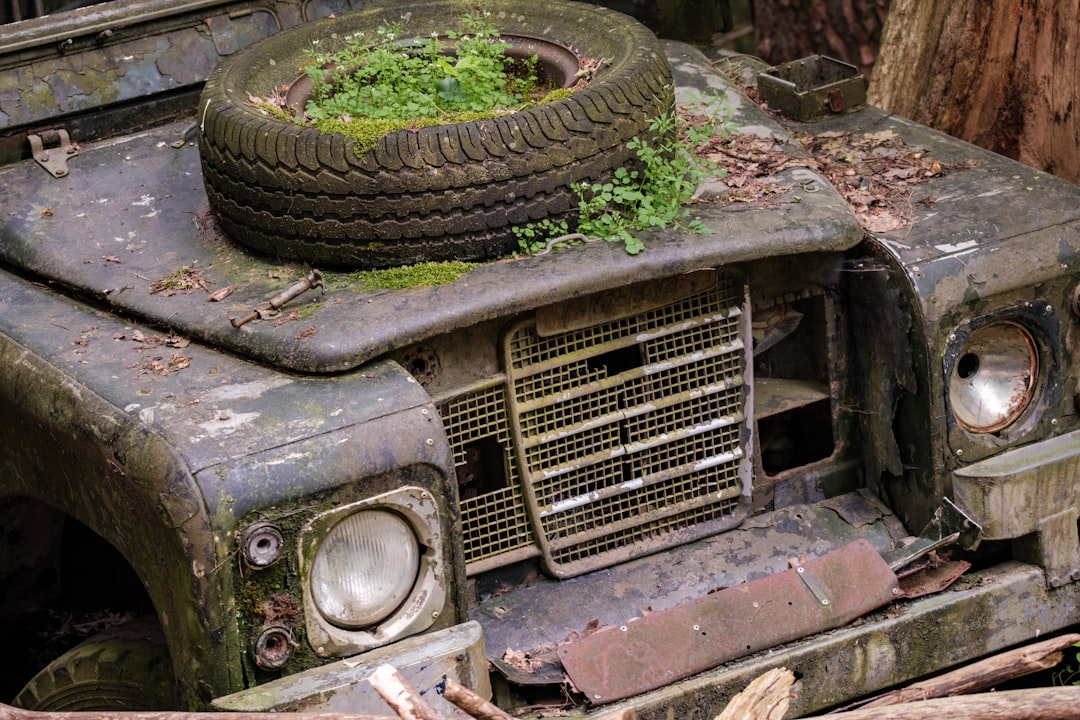
Antique auto parts retailers operate in a market where the right buyer is often searching for a very specific part at a precise moment. Google Ads delivers measurable value by allowing businesses to place highly relevant offers in front of collectors and restorers actively seeking rare items, enabling a direct path from search intent to conversion. For a deeper dive into writing effective ad copy, marketers can reference this guide to Google Ads copy for used car parts in 2024.
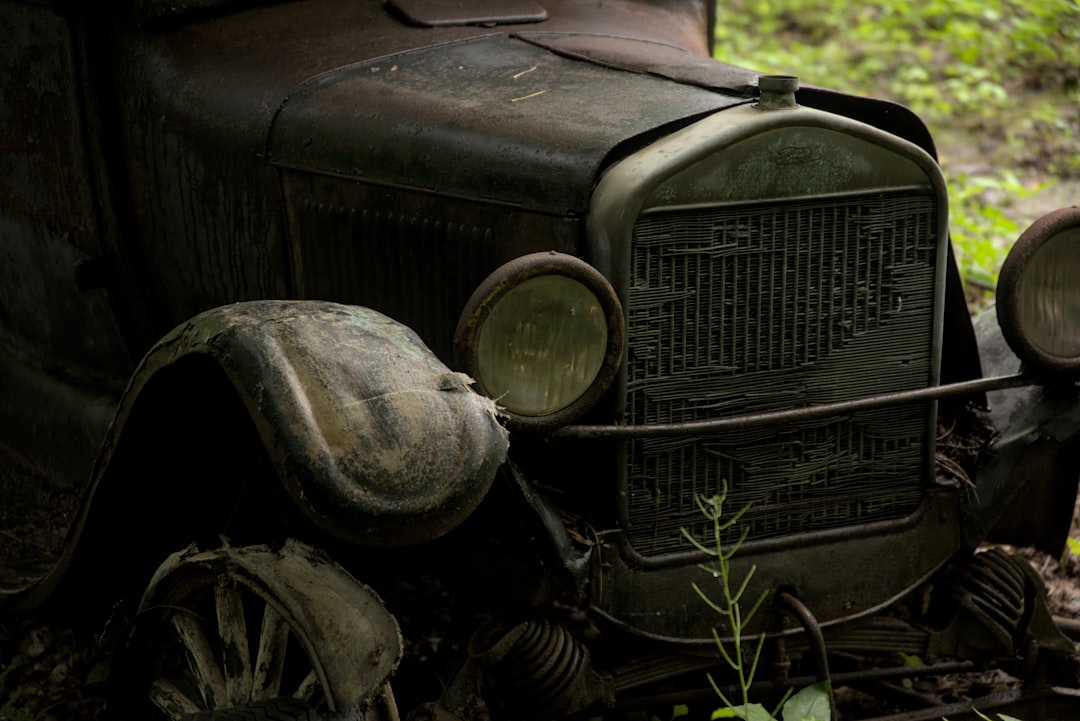
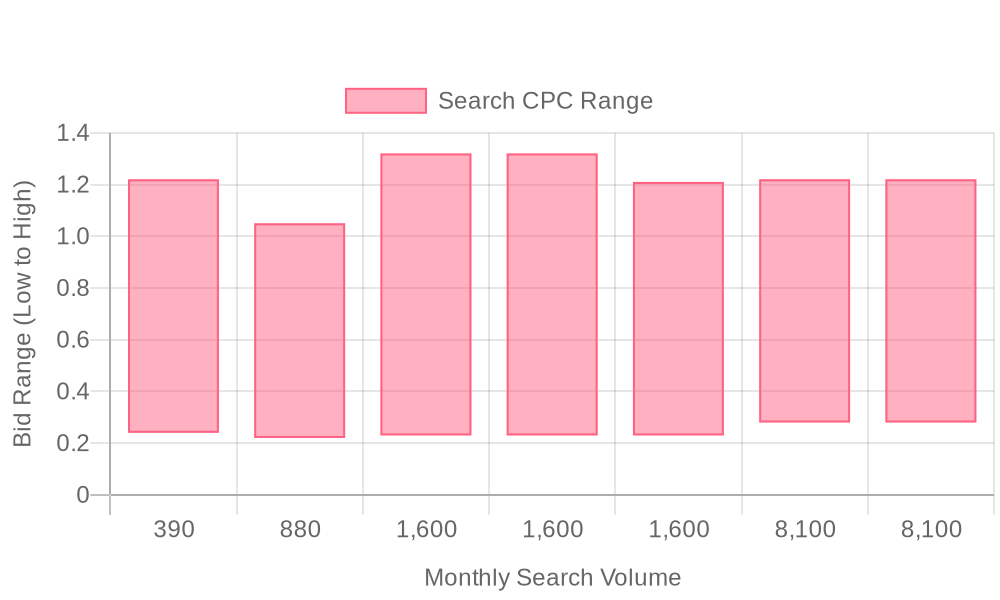
| Industry | Keyword | Monthly Search Volume | Competition Level | Low Bid | High Bid |
| Antique Auto Parts | classic car parts online | 390 | HIGH | 0.24 | 1.22 |
| Antique Auto Parts | antique auto parts | 880 | MEDIUM | 0.22 | 1.05 |
| Antique Auto Parts | vintage auto parts | 1600 | MEDIUM | 0.23 | 1.32 |
| Antique Auto Parts | vintage car parts | 1600 | MEDIUM | 0.23 | 1.32 |
| Antique Auto Parts | old car parts | 1600 | MEDIUM | 0.23 | 1.21 |
| Antique Auto Parts | classic car parts | 8100 | HIGH | 0.28 | 1.22 |
| Antique Auto Parts | classic auto parts | 8100 | HIGH | 0.28 | 1.22 |
Effective keyword strategy is the foundation of high-performing Google Ads for antique auto parts. Success in this niche depends on anticipating collector behavior, capturing high-intent searches, and eliminating irrelevant clicks that dilute ROI. Precision in keyword selection and regular optimization ensures that every marketing dollar is directed toward prospects most likely to convert. For actionable tactics on maximizing PPC effectiveness in the auto parts sector, review this comprehensive search ad campaigns for auto parts businesses, and explore our marketing analytics blog for more insights.
By synchronizing these keyword practices across digital channels, businesses improve their ability to capture high-value prospects, link online engagement to offline sales, and track the full impact of their antique auto parts advertising efforts. This data-driven approach to PPC for vintage auto parts ensures that marketing investments are continually optimized for maximum revenue and long-term growth. If you’re ready to apply these strategies, get started for free with Sona and take your antique auto parts marketing to the next level.
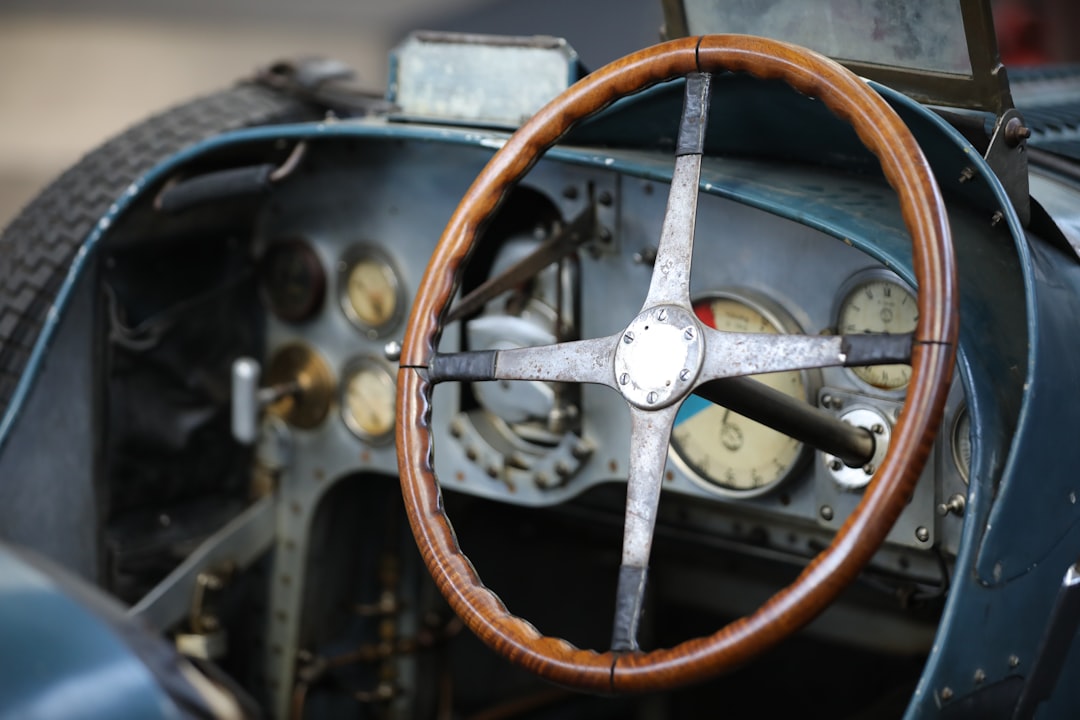
Identifying new growth opportunities for antique auto parts businesses requires a methodical approach that goes beyond traditional digital marketing. By leveraging advanced audience insights and real-time behavioral data, revenue teams can uncover untapped segments and activate more profitable demand channels for antique car parts sales.
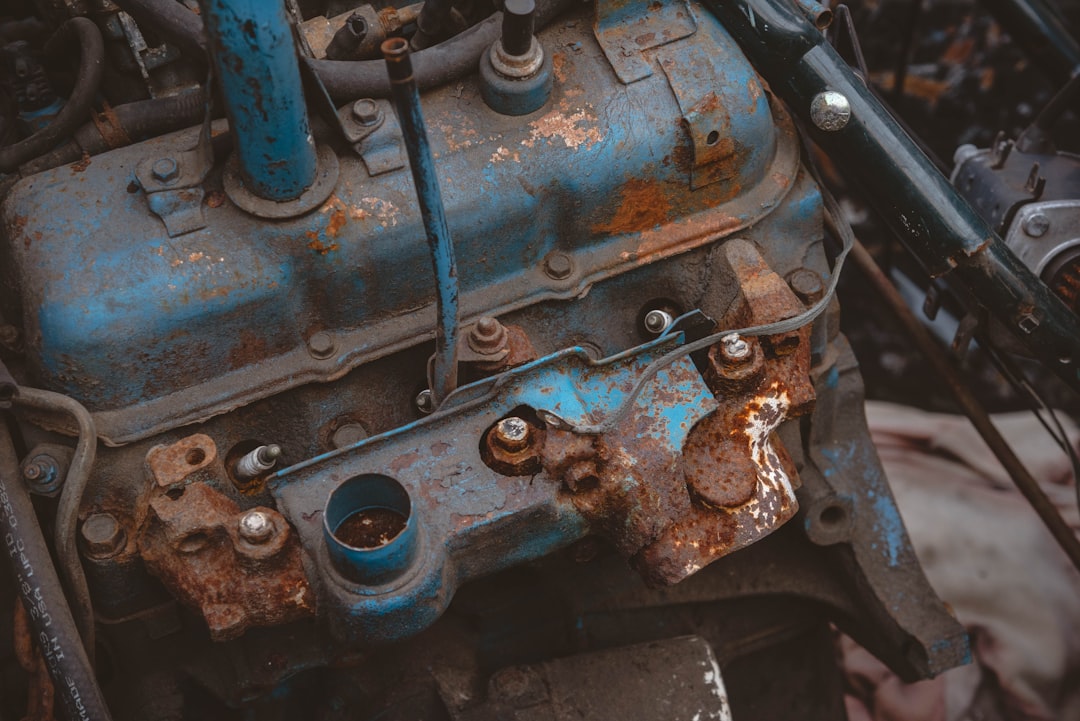
Audience segmentation is the cornerstone of profitable antique auto parts advertising. Businesses that precisely define their market segments reach collectors and restorers who are ready to buy, improving both conversion rates and customer lifetime value. Segmenting audiences by car models or part types allows marketers to isolate high-value inventory, such as rare engine components for classic muscle cars or original trim for pre-war vehicles. This targeted approach prevents budget waste on broad, low-intent searches and ensures each campaign message resonates with the right buyer persona. For deeper insights into building precise audience intelligence, marketers can leverage real-time, signal-based segmentation to maximize campaign relevance.
Intent overlay brings another layer of sophistication to Google Ads strategies for auto parts. By dynamically adjusting how searchers are categorized—based on behaviors such as repeated visits, long-tail queries like “authentic 1940 Ford radiator hose,” or engagement with restoration guides—marketers can prioritize spend on in-market buyers. Integrating real-time behavioral data into audience logic makes it possible to shift budget instantly when a surge in demand is detected for certain parts or models. This creates a feedback loop where campaigns continually align with current collector interests, maximizing every advertising dollar. For actionable techniques, see this guide to writing effective Google Ads copy for used car parts.
Ad group development tailored to these micro-segments unlocks more relevant ad experiences. Instead of running generic campaigns for “antique auto parts,” structuring ad groups around specific eras, makes, or restoration stages enables nuanced messaging and landing pages. For example, a campaign targeting “Jaguar E-Type restoration hardware” speaks directly to a distinct, high-intent audience. These focused ad groups also improve Quality Scores, reduce wasted spend, and support more effective intent-driven retargeting campaigns as buyers move further down the funnel.
Ensuring complete tracking is essential for capitalizing on segmentation efforts. Connecting CRM and ad platforms enables businesses to capture the full customer journey, even when engagement spans online research, showroom visits, and phone consultations. With unified, real-time data, marketers can identify not only which segments convert but also which touchpoints drive the highest value sales. This closed-loop measurement supports advanced attribution and empowers teams to update audience definitions as leads progress, resulting in smarter retargeting, higher ROI, and continuous improvement in digital marketing for auto parts. Ready to experience the benefits firsthand? Get started for free with Sona.
For antique auto parts advertisers, success begins with highly localized, service-specific keyword lists. Focused keyword research should blend ultra-specific part numbers, era-based search terms, and location modifiers to align with collector and restorer intent. Strong lists incorporate both broad and exact match variations, ensuring you reach buyers seeking “1932 Ford Model B carburetor” as well as those entering more generic queries like “vintage auto parts near me.” Adding negative keywords such as “reproduction” or “universal fit” excludes low-value clicks and keeps spend efficient. To further strengthen your approach, consult this comprehensive list of high-performing auto parts keywords to inform your PPC and SEO campaigns.
When audience data is unified across CRM and site analytics, marketers can identify which makes, models, and part types attract repeat searchers or high-value leads. Systems that surface real-time visitor intent and company-level engagement enable advertisers to refine their keyword focus dynamically, aligning spend with in-market demand and trending collector interests. This approach transforms traditional PPC for vintage auto parts into a data-driven engine for high-ROI acquisition. For more on integrating attribution and analytics, explore our blog resources.
Effective ad copy for antique car parts sales must demonstrate expertise, urgency, and authenticity. Use clear, action-driven headlines that specify model years, part names, and trusted source details. For example, “Original 1967 Mustang GT Fog Lights – Ships Fast, Guaranteed Authentic” drives immediate interest and reinforces trust. Including urgency signals like “Limited Stock” or “Rare Find” encourages prompt action, while trust elements such as “Family-Owned Since 1962” or “Concours-Grade Components” build credibility with discerning buyers. For additional inspiration, review this guide to writing effective Google Ads copy for used car parts.
Integrating advanced audience data allows creative teams to match ad messaging to current funnel stage and buyer profile. If CRM and ad platforms are in sync, ads can automatically adjust language based on whether a visitor is a new prospect, a returning browser, or a repeat buyer. This level of personalization ensures every impression maximizes relevance and conversion potential—critical in digital marketing for auto parts where buyer intent shifts rapidly. Leverage Sona to build dynamic segments that tailor your ad messaging to the right audience at the right moment.
Landing pages for Google Ads strategies for auto parts must align precisely with ad copy and searcher expectations. Highlight the specific part or era referenced in the ad, display high-resolution images, and provide clear calls to action. Include compatibility charts, customer testimonials, and trust badges to address common collector concerns. Navigation should be limited to essential actions, guiding visitors toward inquiry forms or checkout without distraction. For actionable tips on maximizing online visibility, see these best practices for increasing auto parts store visibility on Google Ads.
With unified data, marketers can direct visitors to dynamic landing pages that update based on segment or prior engagement. A buyer previously searching for “Packard Series 120 headlamps” might see inventory and content tailored to Packard enthusiasts, while another browsing “Jaguar E-Type trim” receives a British classics experience. This reduces message inconsistency and increases conversion rates, optimizing every click in your Google Ads for Antique Auto Parts campaigns. Automatically sync high-quality audience data into your CRM and ad platforms to ensure landing pages are always in sync with your most valuable segments.
Continuous optimization is essential for profitable antique auto parts advertising. Regularly conduct A/B tests on ad headlines, calls-to-action, and landing page layouts to uncover messaging that resonates with collectors and restorers. Refine bidding strategies using real conversion value, factoring in both online sales and offline transactions such as phone orders or in-person pickups. For advanced optimization ideas, explore five unconventional Google Ads tips for auto parts advertising.
Access to granular touchpoint data empowers revenue teams to spot which keywords, ads, and landing pages drive true ROI across channels. By syncing CRM and ad platforms, marketers can auto-update audience segments as leads move through the funnel, ensuring retargeting and lookalike campaigns remain agile. This data-driven approach prioritizes high-converting segments, reallocates spend in real-time, and maximizes the impact of every dollar invested in Google Ads for classic cars and related vintage automotive campaigns. Get started for free with Sona to unlock unified campaign analytics and seamless optimization.
Elevating your reach in the antique auto parts market requires a blend of tactical digital marketing and audience-centric strategies. Businesses that systematically leverage intent signals not only capture more qualified leads but also increase the lifetime value of each customer.
Ready to accelerate your growth? Get started for free with Sona.
Navigating the world of Google Ads for antique auto parts can be a game-changer for your business. By effectively targeting your audience and optimizing your campaigns, you can ensure that your vintage treasures reach the right eyes, driving both traffic and sales.
Throughout this discussion, we've delved into the unique challenges of advertising niche products like antique auto parts. From understanding your target demographic to crafting compelling ad copy and leveraging precise keyword strategies, we've explored actionable approaches to enhance your online presence and maximize your advertising ROI.
The journey to advertising success is filled with opportunities for growth and innovation. By implementing these strategies, you're not just reaching potential customers; you're also establishing your brand as a leader in the antique auto parts market. Embrace this moment as a chance to transform your advertising efforts and elevate your business to new heights.
To truly capitalize on these insights and bring your advertising strategy to life, start for free to experience our platform's capabilities today.
Best practices include crafting audience personas from real buying signals, utilizing CRM account enrichment for precise targeting, employing intent signals and ICP scoring for ad placements, and developing high-conversion landing pages aligned with ads.
Optimize Google Ads by conducting ongoing performance audits, using conversion tracking and CRM data for campaign ROI insights, and dynamically adjusting ad placements and budget based on buyer intent signals.
The article does not specify an exact budget but suggests that budget allocation should dynamically adjust based on real-time buyer intent and performance audits to ensure effective use of advertising dollars.
Use high-intent keywords indicating clear purchase intent, leverage long-tail opportunities like specific part names, and optimize negative keywords to filter out irrelevant traffic.
Measure success by integrating conversion tracking with offline sales and CRM systems, conducting regular audits to identify underperforming areas, and using data-driven insights to optimize ROI.
Join results-focused teams combining Sona Platform automation with advanced Google Ads strategies to scale lead generation

Connect your existing CRM

Free Account Enrichment

No setup fees
No commitment required

Free consultation

Get a custom Google Ads roadmap for your business
Join results-focused teams combining Sona Platform automation with advanced Meta Ads strategies to scale lead generation

Connect your existing CRM

Free Account Enrichment

No setup fees
No commitment required

Free consultation

Get a custom Google Ads roadmap for your business
Join results-focused teams combining Sona Platform automation with advanced LinkedIn Ads strategies to scale lead generation

Connect your existing CRM

Free Account Enrichment

No setup fees
No commitment required

Free consultation

Get a custom Google Ads roadmap for your business
Join results-focused teams using Sona Platform automation to activate unified sales and marketing data, maximize ROI on marketing investments, and drive measurable growth

Connect your existing CRM

Free Account Enrichment

No setup fees
No commitment required

Free consultation

Get a custom Google Ads roadmap for your business
Over 500+ auto detailing businesses trust our platform to grow their revenue
Join results-focused teams using Sona Platform automation to activate unified sales and marketing data, maximize ROI on marketing investments, and drive measurable growth

Connect your existing CRM

Free Account Enrichment

No setup fees
No commitment required

Free consultation

Get a custom Google Ads roadmap for your business
Over 500+ auto detailing businesses trust our platform to grow their revenue
Join results-focused teams using Sona Platform automation to activate unified sales and marketing data, maximize ROI on marketing investments, and drive measurable growth

Connect your existing CRM

Free Account Enrichment

No setup fees
No commitment required

Free consultation

Get a custom Google Ads roadmap for your business
Over 500+ auto detailing businesses trust our platform to grow their revenue
Our team of experts can implement your Google Ads campaigns, then show you how Sona helps you manage exceptional campaign performance and sales.
Schedule your FREE 15-minute strategy sessionOur team of experts can implement your Meta Ads campaigns, then show you how Sona helps you manage exceptional campaign performance and sales.
Schedule your FREE 15-minute strategy sessionOur team of experts can implement your LinkedIn Ads campaigns, then show you how Sona helps you manage exceptional campaign performance and sales.
Schedule your FREE 15-minute strategy sessionOur team of experts can help improve your demand generation strategy, and can show you how advanced attribution and data activation can help you realize more opportunities and improve sales performance.
Schedule your FREE 30-minute strategy sessionOur team of experts can help improve your demand generation strategy, and can show you how advanced attribution and data activation can help you realize more opportunities and improve sales performance.
Schedule your FREE 30-minute strategy sessionOur team of experts can help improve your demand generation strategy, and can show you how advanced attribution and data activation can help you realize more opportunities and improve sales performance.
Schedule your FREE 30-minute strategy sessionOur team of experts can help improve your demand generation strategy, and can show you how advanced attribution and data activation can help you realize more opportunities and improve sales performance.
Schedule your FREE 30-minute strategy session





Launch campaigns that generate qualified leads in 30 days or less.
